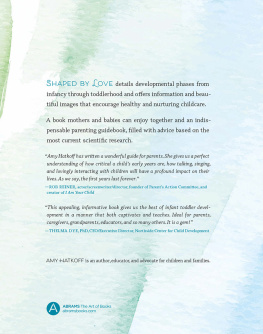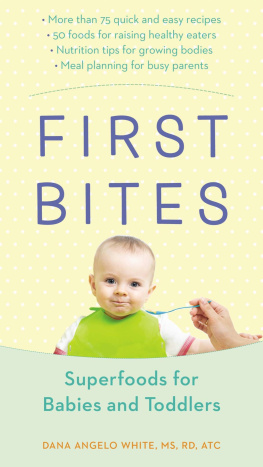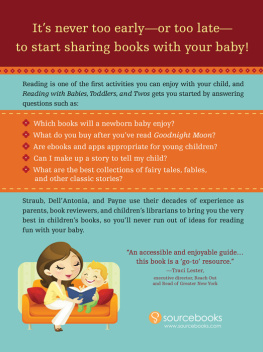Contents
Guide
Page List
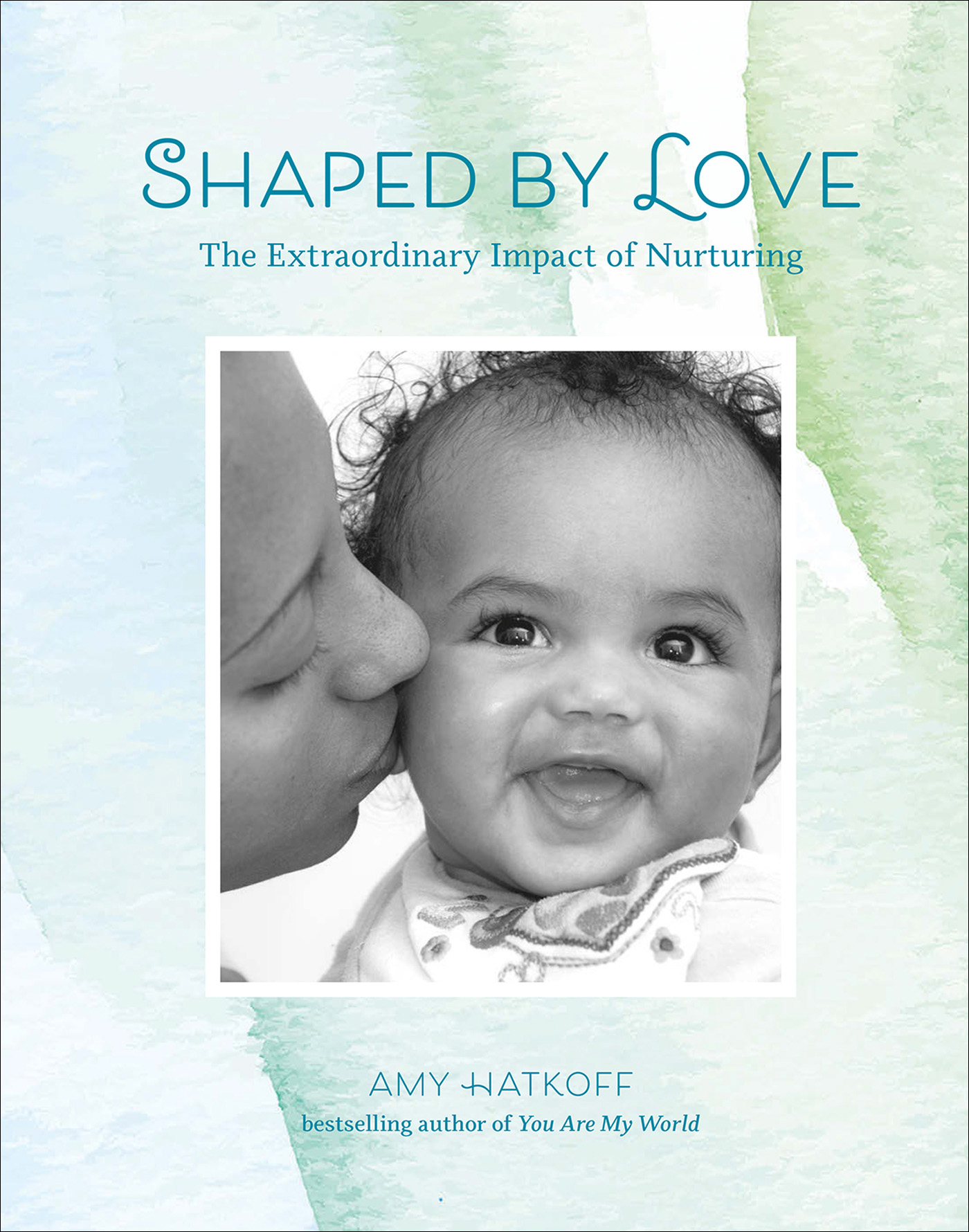
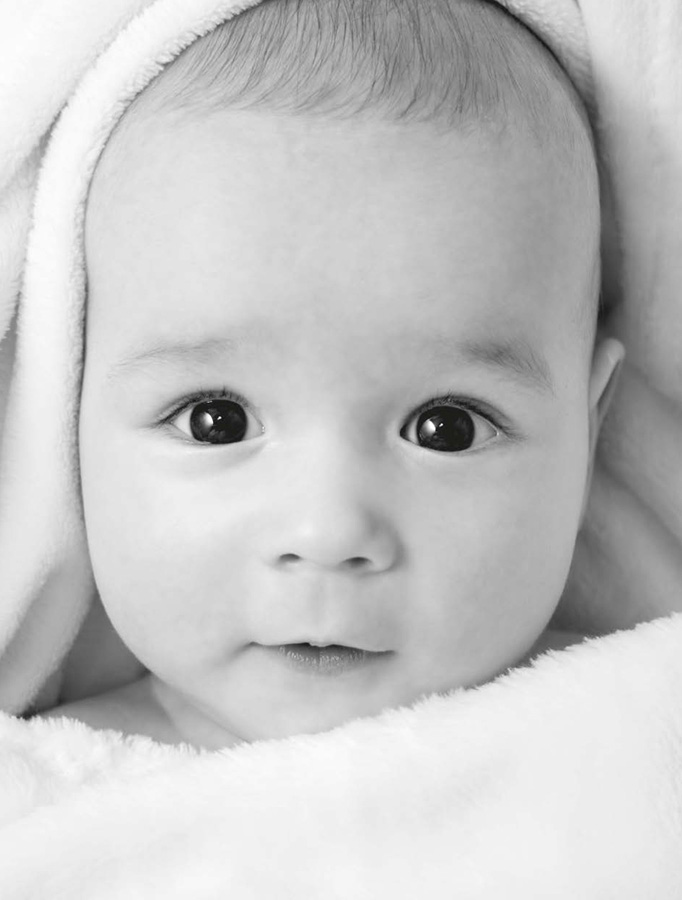
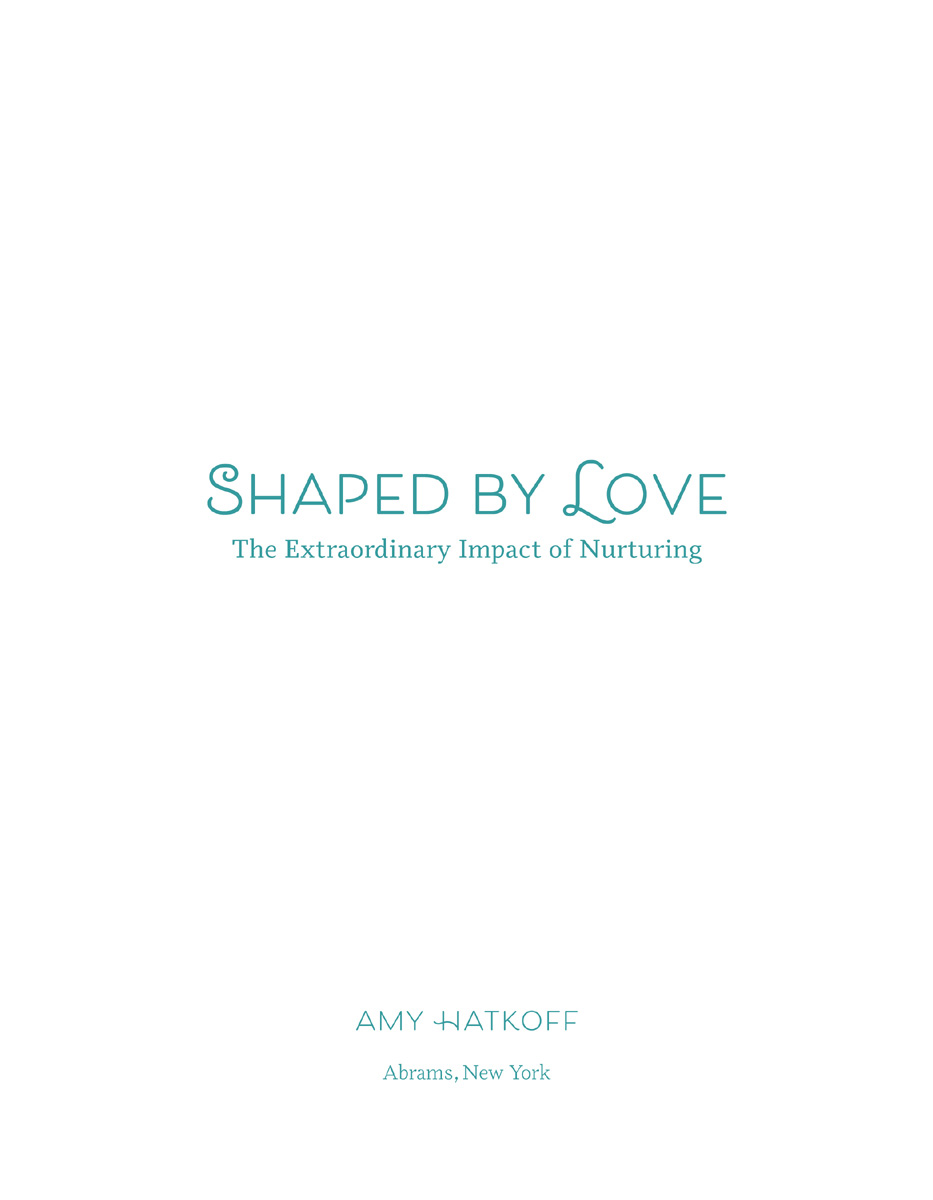
THIS BOOK IS A TRIBUTE TO ALL PARENTS WHO CAN CHANGE THE WORLD THROUGH THEIR LOVE. IT IS DEDICATED TO MY SIBLINGS, SUSAN PATRICOF AND CRAIG HATKOFF, WHO BOTH MASTERED THE ABILITY TO LOVE UNCONDITIONALLY.
CONTENTS
INTRODUCTION
Over the past decade, there has been an explosion in the scientific research about what babies and young children need for positive outcomes in every area of development. Shaped by Love translates these groundbreaking findings into a language that is easy for parents of all backgrounds to understand and bring to everyday interactions with their children. Each chapter offers insights and tools to help parents and caregivers lay the foundation for healthy patterns that can last a lifetime.
Todays technological advances can track how babies brains develop. MRIs and PET scans are now able to identify the impact different experiences have on specific areas of the brain. These findings confirm that relationships shape the brain. Early, secure attachments and sensitive, nurturing interactions lead to optimal development in all areas including social, emotional, cognitive, psychological, physiological, neurological, and immunological processes.
No matter how complicated the scientific terminology may seem, the conclusion is that simple, everyday interactions in the first years of life shape learning and development. Hugs, smiles, kisses, and empathic responses, for example, have been found to do more for brain development than structured learning activities. Warm, affectionate responses foster positive characteristics, including confidence, curiosity, self-control, relatedness, and cooperativeness. These qualities are considered by Early Head Start to be more important to school readiness than knowledge of numbers and letters. Nurturing, supportive interactions help children concentrate, think more clearly, set and achieve goals, and form healthy relationships.
At birth, the brain is only 25 percent developed and contains hundreds of billions of brain cells, or neurons, the majority of which are not yet connected.
Almost 90 percent of brain development occurs by the age of three. Shaped by Love is designed to raise parents awareness of the importance of the first years of life and, in light of these critically important findings, highlight the positive impact of sensitive, warm responses on a childs development as well as the negative impact of stressful ones.
The content in Shaped by Love replaces misconceptions about child development with scientific findings. For example, while a large percentage of the population believes that picking babies up when they cry in the first months of life will spoil them, science can now show that cortisol, the hormone that is released when babies are stressed, is detrimental to a babys brain architecture. Rather than spoiling babies, soothing reactions wire babies to manage stress and control their impulses throughout their lives. Responding to babies cries helps them develop trust, feelings of well-being, positive expectations, and self-reliance. Attuned, nurturing responses stimulate the development of the higher brain, which controls such functions as cognition, memory, language development, planning, reasoning, decision making, and more.
Shaped by Love also provides parents with critical information about the kinds of behavior infants and toddlers are capable of at different stages. A national study found that parents often expect children to be able to share, control their impulses, or wait their turn, for example, long before they are developmentally capable of doing so. Knowing what children are capable of doing at different stages can help parents set realistic expectations that can support rather than unintentionally interfere with childrens growth. Information about stages of child development can make parenting easier and less stressful.
The goal of Shaped by Love is to saturate the culture with this essential information that can have profound and lasting effects on childrens well-being. The importance of nurturing relationships is beginning to be recognized by not only psychologists and early childhood educators, but also economists and politicians. If we widely disseminate the lessons from the science on early childhood development and institute programs that enhance parents nurturing capacities, we can create positive outcomes for children and ultimately more peaceful, cooperative, and productive communities.

We often underestimate newborns. In this chapter they show us their surprising capacities and share that they are social beings ready to connect and communicate with their parents from the moment of birth. These interactions with their parents stimulate brain development and help the newborn begin to develop a sense of self.
Babies brains grow more during the first three years of life than in any other period. By the time a child is three years old, 90 percent of her brain will have developed. While babies are born with hundreds of billions of brain cells, only a small percentage are connected. These connections are developed through the newborns everyday interactions with their parents.
It is important to recognize the capacities of newborns and understand how ready they are to communicate with us from the start. We need to realize how present they are and enter into an interactive dance with them. Reading newborns cues, responding to the different ways in which they reach out to us, staying attuned to their efforts to communicate with us, gazing into their eyes, matching their levels of excitement, and all the other moment-to-moment interactions we have with them help to shape who they become. We are their world. They become themselves through their interactions with us.
Newborns seek and need contact and communication with their parents from the moment of birth. They are hardwired to connect. They become familiar with the sound of their parents voices in the womb and recognize and turn toward them shortly after they are born. They also are familiar with and able to recognize their mothers scent. Newborns can imitate their parents facial expressions soon after delivery. These first interactions with parents stimulate brain development and the formation of the newborns sense of self.

I AM BORN LOOKING FOR YOU!

OUR RELATIONSHIP SHAPES ME.

JUST BEING WITH YOU HELPS ME DEVELOP IN EVERY WAY.
YOU ARE THE ARCHITECT OF MY BRAIN
At birth, the newborn brain contains more than 200 billion brain cells, or neurons, but only a small percentage are connected. Newborns make more than one million neuronal connections a second. These connections, or synapses, develop through the give-and-take of relationships. Just

